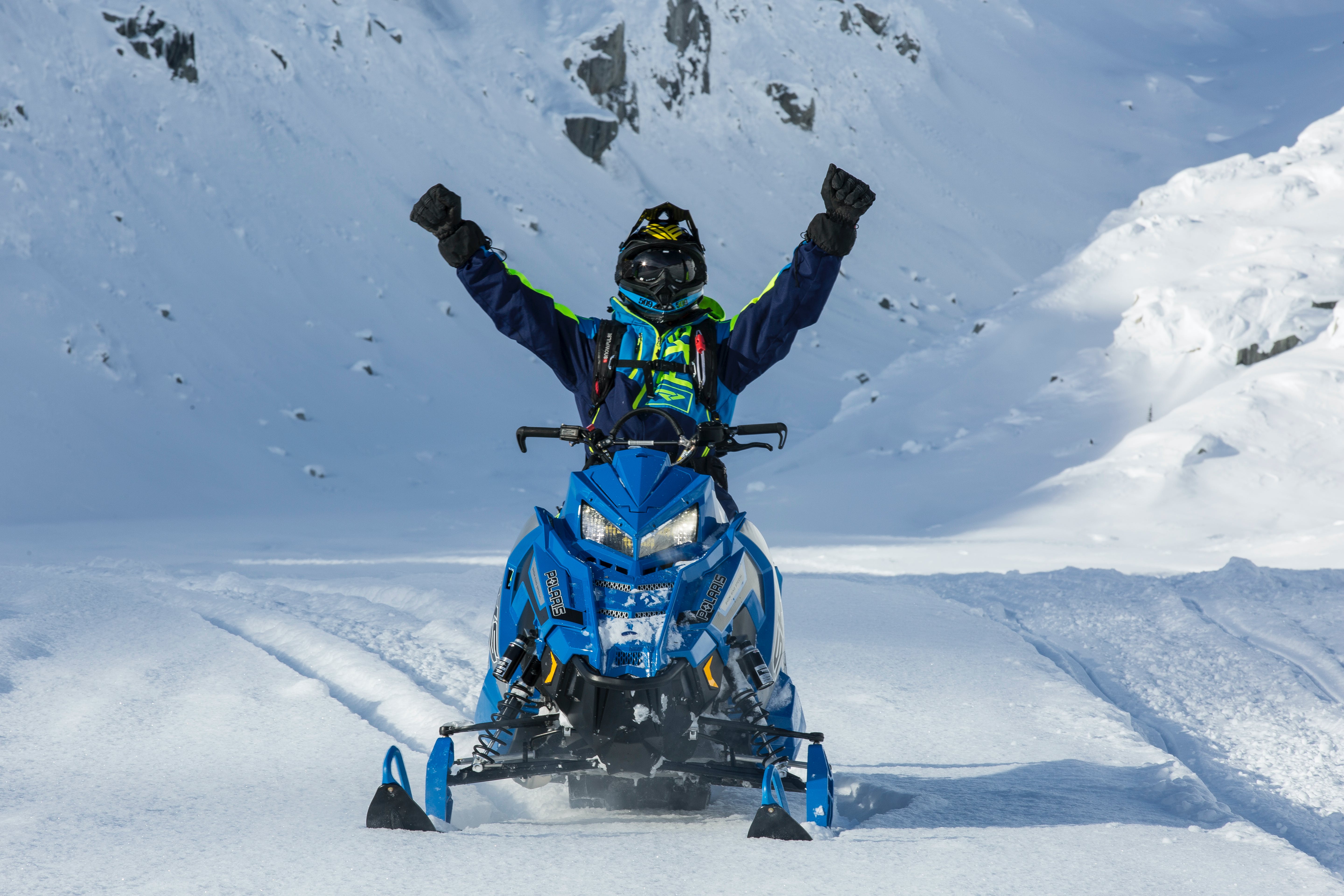
Warm-Up for an Awesome Day on Sled!
We finally have enough snow for groomers to condition trails in and around Western Newfoundland – Hurrah! Before heading out on sled, it’s a great idea to warm up your muscles and joints for the vigorous workout you may have planned. Trust us; your body will thank you!
Low Back / Abdominal Strengthener
One of the most common injuries from sled use is repetitive low back strain. You can protect your back by engaging your core/abdominal muscles. A simple plank is a great way to warm up your muscles. Lying on the floor with your hands just below your shoulders, tuck in your toes and push up for a full plank, (or keep your knees on the floor for a modified half plank), keeping your back straight. It is important not to let your hips sag! Hold this position for 20-30 seconds, and feel how your abdominals work to keep your back from slouching. Remember that feeling! If you find that a plank is too difficult, it’s a good indication to speak with a certified professional to increase your shoulder and abdominal strength.
Shoulder Strengthening Exercise
To ensure your shoulders are loose and warmed-up, you can do a series of circle exercises. With your arms outstretched (or one at a time), draw small circles with your hands, moving to larger circles and smaller once again. You should repeat 10 to 12 circles with each arm. This not only loosens your shoulders, but encourages blood flow, and increases your range of motion. Rest for a moment and repeat.
Loosen and stretch your neck
To loosen your neck and avoid injury, you can do a light stretch. Standing or sitting upright, bring your ear to your shoulder and hold. For a more intense stretch, use the hand on that same arm and gently pull toward your shoulder. Hold this position for 10-15 seconds. Release and repeat on the opposite side. Once again, if this causes you discomfort, you should seek the advice of a trained professional, such as your physician, a chiropractor or physiotherapist.
Body Position while riding
When on the sled, you should have relaxed shoulders and wrists, a tight abdomen and straight back. If your shoulders are tense, you are more prone to injuring your neck. Remember to relax your shoulders and let them settle down from your ears.
If you adopt a standing position, keep your knees relaxed and flexible to absorb bumps, adjust your riser high enough to reduce slouching (waist height is generally good), keep your back straight and your abdominals engaged.
Prepare for the unexpected
It’s reasonable to expect that yourself or someone in your group will get stuck at one point or another. Along with your safety gear, such as first aid kit, GPS and phone/radio, you should pack rope, a good hand saw and an effective, lightweight shovel. If you have a heavier machine, a portable power winch, or come-along is a good way to save your back muscles and energy for the rest of your trip!
Finally, drive safely for the conditions, plan to take breaks as needed, and stay hydrated!
